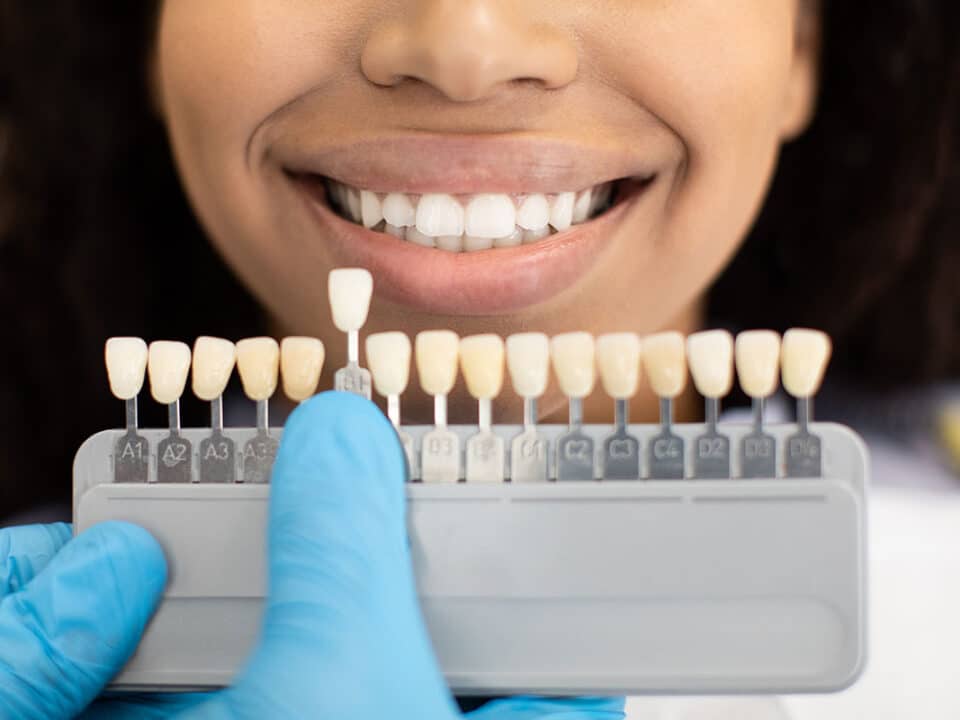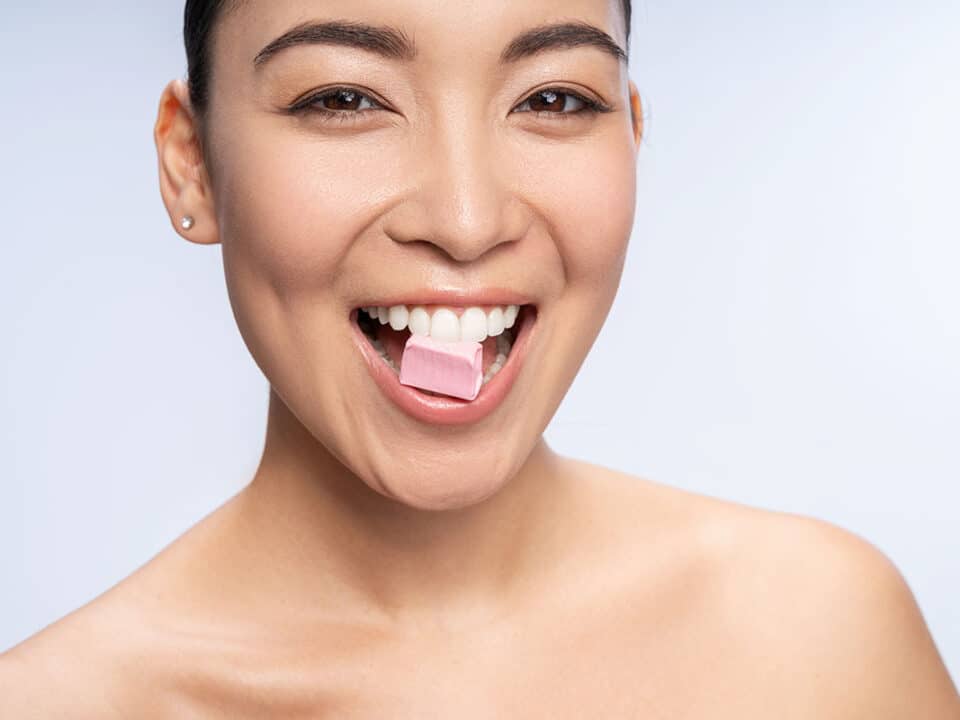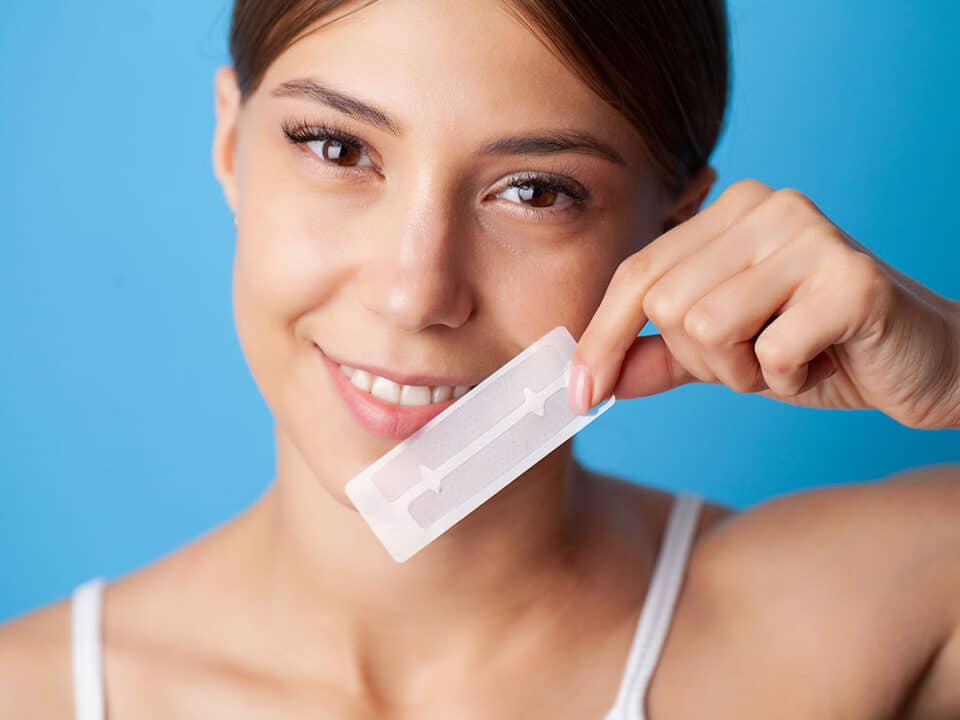Table of Contents
Why Cleaning Teeth Without Brushing Matters
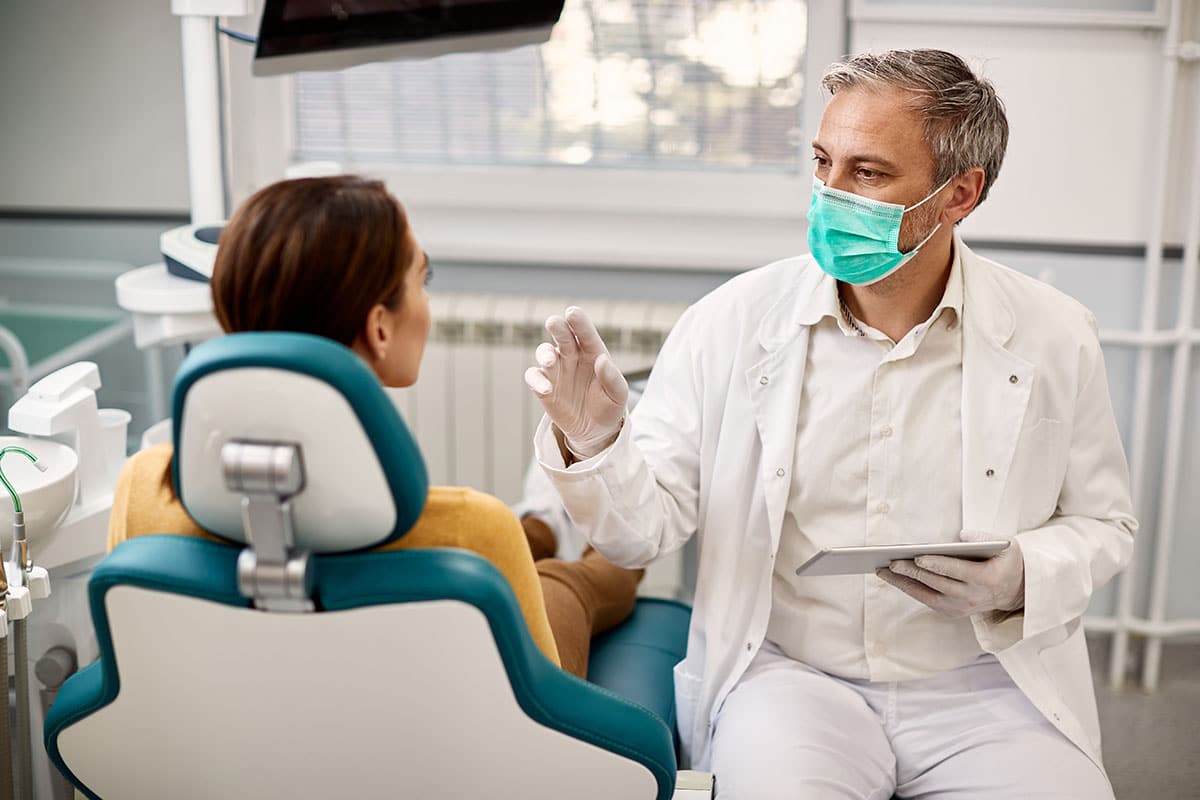
The Risks of Skipping Oral Hygiene
Maintaining oral hygiene remains essential, even when brushing isn’t an option. Plaque, a sticky bacterial film, begins forming on teeth within hours of eating, and if not addressed, it can harden into tartar, requiring professional removal. Research indicates that plaque buildup can increase cavity risk by 50% if oral hygiene is neglected for 48 hours (Colgate, 2019). This poses a significant concern for readers of all ages focused on enhancing their oral health, as cavities can lead to pain, infections, and costly dental treatments.
Skipping oral hygiene also heightens the risk of gum disease, such as gingivitis, characterized by red, swollen, and bleeding gums. If untreated, gingivitis may progress to periodontitis, a severe condition that damages gums and supporting bone, potentially causing tooth loss. The Canadian Dental Association highlights that 7 out of 10 Canadians will experience gum disease at some point, often due to inconsistent oral care (CDA, 2017). For children, poor oral hygiene can impact developing teeth, while adults may face sensitivity or bad breath, affecting confidence in social settings.
Beyond the mouth, neglecting oral hygiene can have systemic effects. Bacteria from plaque may enter the bloodstream, contributing to conditions like heart disease or diabetes. Data suggests poor oral health is linked to a 20% higher risk of cardiovascular issues (NIDCR, 2023). Bad breath, or halitosis, is another immediate consequence, which can be embarrassing in close interactions. For instance, consider a camping trip where a toothbrush is forgotten—by day two, breath odour might become noticeable. Understanding how to clean teeth without brushing helps mitigate these risks, ensuring a fresh and healthy mouth in any situation.
When You Might Need Alternatives to Brushing
Alternatives to brushing become necessary in various scenarios where traditional tools are unavailable. Everyday situations might include:
- Travelling: No toothbrush on a long flight or road trip.
- Camping: Limited access to dental tools in the wilderness.
- Emergencies: Sudden need for cleaning with no brush available.
- Work or School: Forgetting a toothbrush during a busy day.
Travelling often presents challenges—whether on a long flight, a road trip, or staying in a hotel, access to a toothbrush may be limited. If you know you’re going to be travelling, it might be a good idea to schedule a dental cleaning/checkup with your dentist before you depart. Camping trips typically involve restricted access to dental tools, necessitating makeshift solutions to combat plaque. Emergencies, such as cleaning teeth after a hiking meal, can also arise unexpectedly. Even daily routines, like a hectic day at work or school, can result in forgotten toothbrushes, particularly for children who might leave their dental kit at home.
For readers striving to improve oral health, these situations are relatable. A parent might face a scenario where a child forgets their toothbrush at a sleepover, or an adult might rush out for a business trip without packing one. In such moments, cleaning teeth without a toothbrush becomes a valuable skill. These alternatives are not intended to replace brushing but to serve as a temporary measure until a regular routine can be resumed. They help maintain a clean mouth, prevent plaque buildup, and keep breath fresh, ensuring oral health remains a priority even when circumstances are less than ideal.
From our dentists: The absence of a toothbrush can serve as an opportunity to rethink oral hygiene habits. Many individuals rely solely on brushing, but incorporating alternatives like oil pulling or flossing can diversify a routine, fostering adaptability and resilience against plaque buildup in any situation. This mindset shift can lead to improved long-term oral health as one becomes better prepared for unexpected challenges.
How These Methods Work to Clean Your Teeth

Removing Debris and Plaque
When brushing isn’t possible, removing debris and plaque is crucial to prevent cavities and gum disease. Plaque begins forming within 4–12 hours after eating, as bacteria feed on leftover food particles and sugars in the mouth. Without brushing, this plaque can harden into tartar, which only a dentist can remove. Methods for cleaning teeth without a toothbrush focus on physically dislodging debris and disrupting plaque buildup to maintain a clean mouth.
Chewing Sugar-Free Gum: Chewing gum stimulates saliva production, which naturally washes away food particles and bacteria. Saliva also contains minerals like calcium and phosphate that help remineralize enamel, strengthening teeth against decay. Research shows that chewing sugar-free gum can reduce plaque by up to 40% by increasing saliva flow (Colgate, 2019).
Eating Crunchy Fruits and Vegetables: Foods like apples, carrots, and celery act as natural abrasives, scrubbing teeth during chewing. Their high water content helps rinse away debris, while their texture massages gums, promoting circulation. For instance, biting into an apple can dislodge food stuck between teeth, mimicking the mechanical action of brushing.
Using a Finger or Cloth: Rubbing teeth with a clean finger or cloth can physically remove surface debris. While not as effective as a toothbrush, this method is practical in emergencies—such as after eating a sticky snack at a picnic without a brush. These techniques reduce the bacterial load in the mouth, limiting plaque formation.
These methods are easy to apply anywhere for readers of all ages. A teen at a school event who just ate candy can chew gum to clean their teeth until returning home. Similarly, a parent on a road trip can offer children an apple to keep their teeth cleaner between stops. These approaches ensure teeth remain protected from plaque, even without a toothbrush.
Fighting Bacteria and Freshening Breath
Beyond debris removal, cleaning teeth without brushing involves combating bacteria and freshening breath. Bacteria in the mouth produce acids that erode enamel, leading to cavities, and contribute to bad breath. Methods that target bacteria and odour are vital for a healthy, fresh mouth.
Oil Pulling with Coconut Oil: Oil pulling involves swishing coconut oil to trap and remove bacteria. The lauric acid in coconut oil has antimicrobial properties, reducing bacteria that cause plaque and bad breath. Studies indicate oil pulling can reduce Streptococcus mutans, a primary cavity-causing bacteria, by up to 20% after two weeks (Healthline, 2015).
Rinsing with Water or Mouthwash: Swishing water or an alcohol-free mouthwash flushes out bacteria and neutralizes acids. Mouthwash with antibacterial ingredients like tea tree oil kills odour-causing bacteria, ensuring fresh breath. Water, a simpler option, can be swished after meals to dilute acids and remove food particles.
Chewing Fresh Herbs: Herbs like mint, parsley, or basil have natural antibacterial properties and freshen breath. Chewing a sprig of mint releases essential oils that kill bacteria and mask odours, providing a quick refresh. For readers seeking natural ways to clean teeth without brushing, herbs are convenient—such as using a sprig of parsley from a dinner plate to freshen breath at a party.
For readers aiming to enhance oral health, these methods offer practical solutions. A student after lunch at school can swish water to freshen breath, while an adult at a work meeting can chew mint for the same effect. These techniques combat bacteria and boost confidence in social settings, ensuring a fresh smile without a toothbrush.
Did you know?: The psychological boost from fresh breath can significantly impact social interactions. Bad breath can lead to self-consciousness, affecting communication. Using these methods to clean teeth and freshen breath can enhance social confidence, reducing stress—a factor that may exacerbate oral health issues like teeth grinding. This connection between oral hygiene and mental well-being highlights the broader value of these alternatives.
10 Effective Ways to Clean Teeth Without a Toothbrush
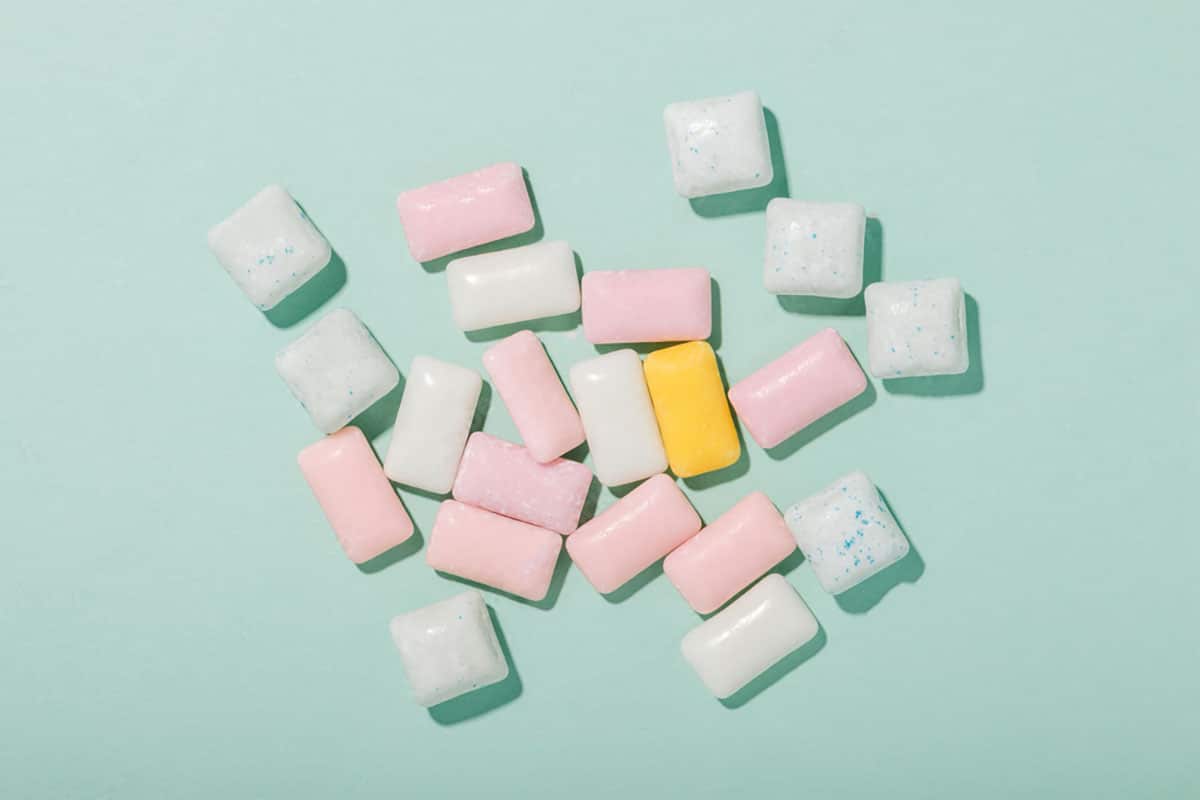
Chew Sugar-Free Gum
How It Works: Chewing sugar-free gum is one of the easiest ways to clean teeth without a toothbrush. Benefits include:
- Stimulates Saliva: Washes away debris.
- Reduces Plaque: Up to 40% reduction.
This method stimulates saliva production, which naturally washes away food particles, bacteria, and acids from teeth. Saliva also contains minerals like calcium and phosphate that help remineralize enamel, strengthening teeth against decay. Research indicates that chewing sugar-free gum can reduce plaque by up to 40% by increasing saliva flow (Colgate, 2019).
To apply this method, chew a piece of sugar-free gum for 20 minutes after eating. Opt for gum containing xylitol, a natural sweetener that inhibits bacterial growth. Chewing also helps dislodge food particles stuck between teeth, mimicking the mechanical cleaning action of brushing. This approach is safe for readers of all ages, from children to seniors, and is particularly convenient for on-the-go situations—such as after a meal at a restaurant without a toothbrush available.
This technique proves effective in various scenarios. A teenager at a school dance who consumed candy can chew gum to clean their teeth and freshen their breath before joining friends. An adult on a long flight can use gum after a snack to maintain oral hygiene until landing. For readers focused on enhancing oral health, how to clean teeth without brushing on a flight becomes effortless with gum. It offers a portable, effective solution to maintain a clean mouth, ensuring plaque doesn’t accumulate.
Use a Finger or Cloth
How It Works: Using a finger or clean cloth provides a simple oral hygiene without brushing method to remove surface debris. Benefits include:
- Removes Debris: Clears food particles.
- Accessible: No tools needed.
While not as thorough as brushing, this approach can physically dislodge food particles and plaque from teeth and gums, reducing the bacterial load in the mouth.
To apply this method, hands should be washed thoroughly, then a finger or clean cloth wetted with water. Teeth and gums can be gently rubbed in a circular motion, focusing on areas where food might be lodged. If toothpaste is available, a small amount can be applied to the finger or cloth for added cleaning power, though water alone suffices in emergencies. The mouth should be rinsed afterward to wash away loosened debris. This method is safe for all ages and can be performed anywhere—such as after consuming a sticky snack at a picnic without a brush.
This method offers a convenient solution for readers seeking emergency teeth cleaning methods, ensuring steps can still be taken to protect oral health without a toothbrush.
Oil Pulling with Coconut Oil
How It Works: Oil pulling with coconut oil is a traditional oil pulling to clean teeth method that traps and removes bacteria. Potential benefits include:
- Reduces Bacteria: Lauric acid fights microbes.
- Freshens Breath: Removes odor-causing bacteria.
The lauric acid in coconut oil has antimicrobial properties, reducing the bacterial load responsible for plaque and bad breath. Evidence suggests oil pulling can reduce Streptococcus mutans, a primary cavity-causing bacteria, by up to 20% after two weeks (Healthline, 2015).
To practice oil pulling, one tablespoon of coconut oil should be taken and swished in the mouth for 5–10 minutes—avoid gargling or swallowing. The oil should be spit into a trash can (not the sink, as it can clog pipes), followed by rinsing the mouth with water. This can be done once daily, ideally in the morning. The method is safe for most individuals, though young children might struggle to swish for extended periods.
Oil pulling proves fairly effective for maintaining oral hygiene without a brush. Of course, if you don’t have access to a toothbrush, you probably aren’t geared up to do oil pulling either. That said, for readers seeking natural ways to clean teeth without brushing, oil pulling provides a time-tested method that also promotes gum health, offering a holistic approach to oral care.
Eat Crunchy Fruits and Vegetables
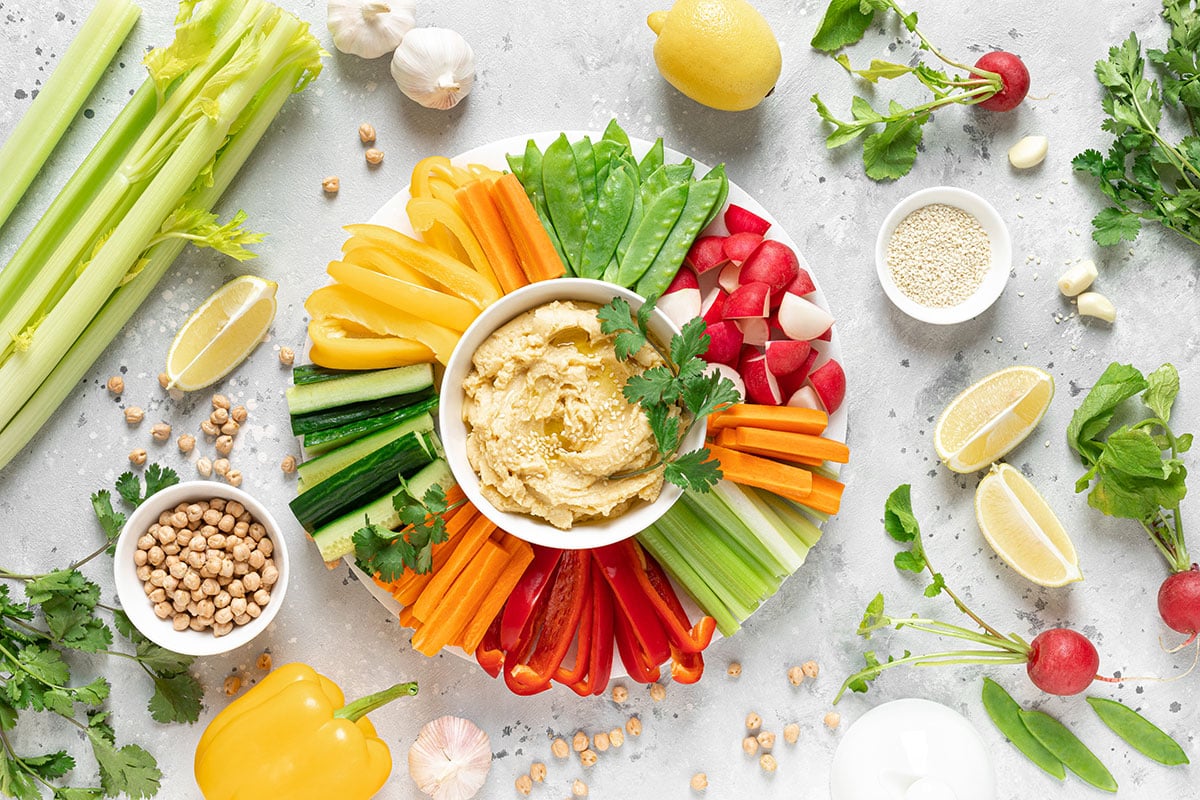
How It Works: Eating crunchy fruits and vegetables offers a natural way to clean teeth without brushing. The benefits you can expect are:
- Scrubs Teeth: Acts as a natural abrasive.
- Stimulates Saliva: Washes away bacteria.
Foods such as apples, carrots, and celery serve as natural abrasives, scrubbing teeth during chewing. Their high water content aids in rinsing away debris, while their texture massages gums, promoting circulation.
Best Foods for Natural Cleaning
- Apples: High in fibre, scrubs plaque.
- Carrots: Stimulates saliva, rich in vitamin A.
- Celery: High water content, cleans teeth.
- Cucumbers: Hydrates and removes debris.
To utilize this method, a crunchy fruit or vegetable should be consumed after a meal—raw, unpeeled options are best for maximum cleaning power. Thorough chewing ensures the food contacts all teeth. This approach is safe for all ages and proves convenient when away from home—such as eating an apple during a hike without a toothbrush.
If you have some crunchy foods for teeth cleaning on hand, then this method provides a delicious and healthy way to maintain oral hygiene on the go.
Rinse with Water or Mouthwash
How It Works: Rinsing with water or mouthwash offers a quick teeth cleaning alternative to brushing. Benefits:
- Flushes Debris: Removes food particles.
- Neutralizes Acids: Reduces bacterial growth.
Swishing water or an alcohol-free mouthwash can flush out bacteria and neutralize acids in the mouth. Mouthwash with antibacterial ingredients like tea tree oil can kill odour-causing bacteria, ensuring fresh breath.
To apply this method, a mouthful of water or mouthwash should be swished for 30 seconds after eating, then spit out. Alcohol-free mouthwash is recommended to avoid drying out the mouth, which can exacerbate bacterial growth. Water, as a simpler option, can be swished after meals to dilute acids and remove food particles. This technique is safe for all ages and can be performed anywhere—such as after a meal at a restaurant without a toothbrush.
Rinsing proves reliable in various scenarios. An adult at a work meeting who ate lunch can swish water to freshen breath for the rest of the day. A parent whose child consumed a sugary snack at a party can encourage a quick rinse to reduce cavity risk. If you’re on the go and need some sort of oral hygiene without brushing, rinsing provides a simple yet effective way to maintain a clean mouth. It’s something we should all be doing after every meal anyway.
Use a Tongue Scraper
How It Works: Using a tongue scraper is an effective way to clean teeth without brushing by removing bacteria from the tongue. Some benefits include:
- Reduces Bacteria: Clears odor-causing microbes.
- Freshens Breath: Improves oral hygiene.
The tongue harbours bacteria that can transfer to teeth, contributing to plaque and bad breath. Scraping the tongue removes this bacterial layer, reducing the overall bacterial load in the mouth.
To use a tongue scraper, the tongue should be gently scraped from back to front 5–10 times, rinsing the scraper after each pass. If a scraper isn’t available, a spoon or the edge of a clean cloth can be used. This method is safe for most individuals, though young children might need supervision to avoid gagging. It’s a practical option when travelling—such as using a spoon from a hotel room to clean the tongue after breakfast.
Tongue scraping has been a game-changer for maintaining oral hygiene without a brush. If you’ve forgotten your toothbrush, you can scrape your tongue with a spoon to freshen your breath. On a camping trip? Use this method to keep your mouth cleaner until returning to your routine. Using some sort of tongue scraping is a simple addition to an oral care arsenal.
Chew on Fresh Herbs
How It Works: Chewing on fresh herbs like mint, parsley, or basil is a natural teeth-cleaning alternative to brushing. Benefits:
- Antibacterial: Kills odor-causing bacteria.
- Freshens Breath: Masks bad odours.
These herbs possess natural antibacterial properties and can freshen breath by masking odours.
To apply this method, a sprig of fresh mint, parsley, or basil should be chewed for a few minutes after eating, then spit out. The herb can also be rubbed directly on teeth and gums to release its essential oils. This approach is safe for all ages and proves convenient when out—such as using a sprig of parsley from a dinner plate at a restaurant to freshen breath.
Chewing herbs offers a quick solution in various situations. An adult at a dinner party who consumed garlic-heavy food can chew parsley to freshen breath for the evening.
Use Baking Soda
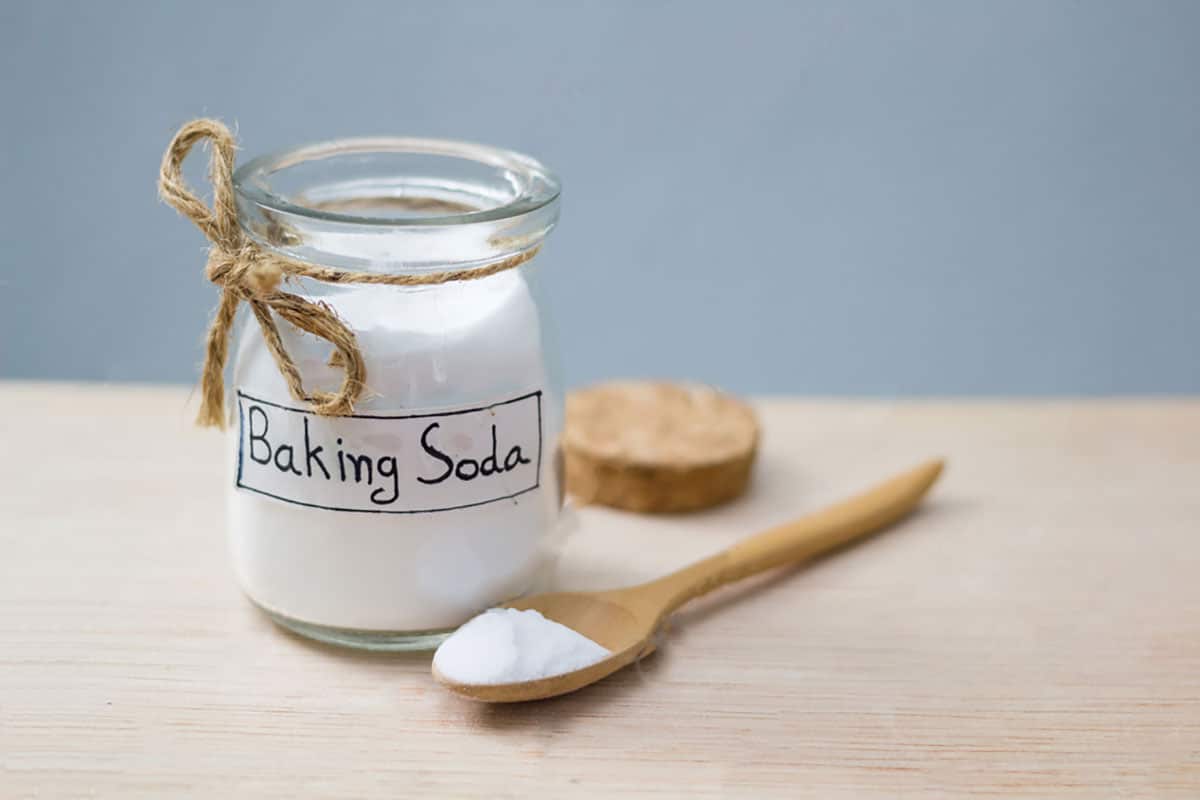
How It Works: Baking soda is a mild abrasive that can clean teeth without brushing. It’s easy to get the following benefits:
- Removes Plaque: Gently scrubs teeth.
- Neutralizes Acids: Reduces bacterial growth.
It also neutralizes acids in the mouth, creating an environment less favourable for bacteria.
To use baking soda, a finger should be wetted, dipped in a small amount of baking soda, and gently rubbed on the teeth for 1–2 minutes. The mouth should be rinsed thoroughly with water afterward. Overuse of baking soda should be avoided, as its abrasiveness can wear down enamel if used too often. This method is best suited for adults and older children due to the risk of swallowing in younger kids.
Baking soda provides a versatile option that also promotes a cleaner mouth environment.
Try a Miswak Stick
How It Works: A miswak stick, made from the Salvadora persica tree, is a traditional tooth cleaning alternative to brushing. Why it works:
- Natural Bristles: Cleans teeth effectively.
- Antibacterial: Reduces bacterial growth.
Miswak contains natural antibacterial compounds and acts as a natural toothbrush with its fibrous texture.
To use a miswak stick, one end should be chewed to expose the bristles, then gently rubbed on teeth and gums for a few minutes. The mouth should be rinsed afterward. Miswak sticks are safe for most individuals and can be found in health stores or online. They’re a practical option when travelling—such as using one on a camping trip without a toothbrush.
Miswak sticks serve as a cultural staple for maintaining oral hygiene and offer a time-tested solution.
Floss or Use an Interdental Brush
How It Works: Flossing or using an interdental brush is an effective how to clean teeth without brushing method. There are multiple benefits:
- Removes Debris: Clears food between teeth.
- Prevents Plaque: Reduces bacterial buildup.
These tools remove food particles and plaque from between teeth, areas where bacteria often thrive.
To apply this method, floss should be gently moved between each tooth in a C-shape, or an interdental brush used to clean between teeth. The mouth should be rinsed afterward to wash away loosened debris. This technique is safe for most individuals, though young children might need assistance to avoid hurting their gums. It’s a practical option when away—such as flossing after a meal at a friend’s house without a toothbrush.
Quick Takeaways: Key Points on Cleaning Teeth Without Brushing
- Chew sugar-free gum to stimulate saliva and reduce plaque by up to 40%.
- Oil pulling with coconut oil fights bacteria, a top how to clean teeth without brushing method.
- Eat crunchy foods like apples and carrots to naturally scrub teeth.
- Rinse with water or mouthwash to flush out debris and freshen breath.
- Floss or use an interdental brush to remove food between teeth, preventing plaque.
- Use a miswak stick for a traditional, natural way to clean teeth.
- See a dentist if plaque builds up or signs of gum disease appear.
Maintain Your Smile Anywhere, Anytime
Cleaning teeth without a toothbrush doesn’t have to be a challenge. With these 10 methods, a smile can remain bright and a mouth healthy no matter the circumstances. Chewing sugar-free gum stimulates saliva to wash away bacteria, while oil pulling with coconut oil combats plaque-causing microbes. Crunchy foods like apples and carrots naturally scrub teeth, and rinsing with water or mouthwash ensures freshness on the go. Flossing, using a miswak stick, or scraping the tongue further reduces bacteria, preventing cavities and gum disease. Research shows that chewing gum alone can reduce plaque by 40% (Colgate, 2019), proving these cleaning teeth without a toothbrush methods are effective.
If you’re striving to enhance oral health, these natural ways to clean teeth without brushing are practical and accessible. A teenager at school, a parent on a camping trip, or an adult on a business trip can maintain oral hygiene with ease. Start today by adopting one of these methods—perhaps keeping a pack of gum in a bag or an apple in a lunchbox. Teeth will benefit from the care!
How to clean teeth without brushing on the go includes chewing sugar-free gum or rinsing with water to remove debris and freshen breath.
Yes, clean teeth without brushing for kids by offering crunchy apples or using a finger with water to gently rub their teeth.
Absolutely, oil pulling to clean teeth with coconut oil reduces bacteria and plaque, making it an effective natural method.
Yes, crunchy foods for teeth cleaning like carrots and celery scrub teeth naturally, removing debris and stimulating saliva.
Use teeth cleaning alternatives to brushing after meals when brushing isn’t possible, but aim to resume brushing twice daily as soon as feasible.
Yes, methods like eating cucumbers or rinsing with water are gentle for sensitive teeth, but avoid abrasive options like baking soda if sensitivity is a concern.
Most cleaning teeth without a toothbrush methods, like chewing gum or rinsing, take just 1–5 minutes to remove debris and freshen breath after meals.
Yes, relying solely on oral hygiene without brushing can lead to plaque buildup over time; these methods are best as temporary solutions until brushing is possible.
Yes, how to keep teeth clean without a toothbrush methods like flossing and oil pulling reduce bacteria, helping prevent cavities until proper brushing resumes.
Even without tools, emergency teeth cleaning methods like swishing water or wiping teeth with a clean finger can still help maintain oral hygiene temporarily.
References
- Canadian Dental Association. “The State of Oral Health in Canada.” (2017). https://www.cda-adc.ca/stateoforalhealth/
- Health Canada. “Oral Health.” (2023). https://www.canada.ca/en/health-canada/services/healthy-living/oral-health.html
- National Institute of Dental and Craniofacial Research. “Oral Hygiene.” (2023). https://www.nidcr.nih.gov/health-info/oral-hygiene
- Colgate. “How to Relieve Tooth Pain.” (2019). https://www.colgate.com/en-us/oral-health/tooth-sensitivity/how-to-relieve-tooth-pain
- Healthline. “Oil Pulling with Coconut Oil.” (2015). https://www.healthline.com/health/oil-pulling-coconut-oil
Check us out on Facebook and Twitter for daily information about Oral Health from Martindale Dental, or visit our offices in Hamilton and St. Catharines.
Have more questions?
Please contact us for all inquiries or to book an appointment with one of our convenient clinic locations. We look forward to hearing from you.


